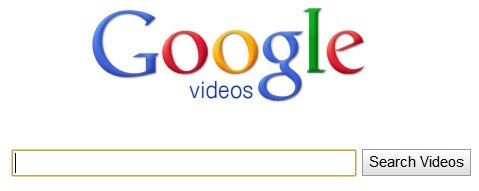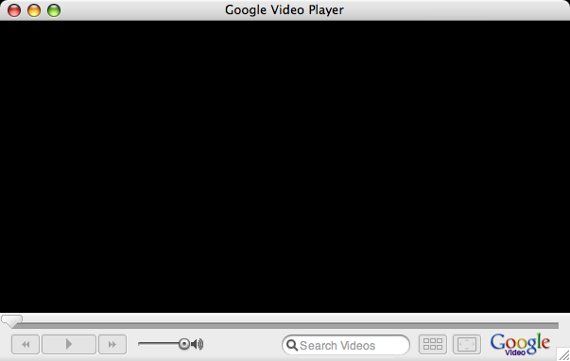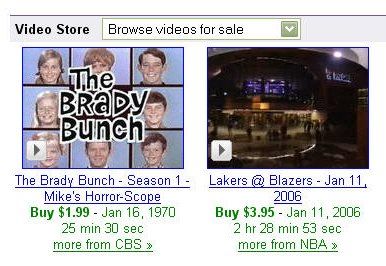Google is one of the giants of the tech world. Even the largest and most experienced technology companies can make mistakes however, or try to jump onto a ship after it has already set sail. Google's forays into social networking are the most recent example, but several years ago Google struggled with another emerging business - online video.
That's not to say Google didn't try. It had its own service, Google Videos, and its own media player, unsurprisingly called Google Video Player. How did these services come to be, and what made them go boom?
The Beginning Of Google Videos
After CES 2005, Google announced that it would be entering the field of video search. Although Google now has a plethora of search functions, video was still new at the time; YouTube was launched a month after Google launched its video search. This was part of a broader effort by Google to expand its business - the Google Books project was announced just a few months before Google Videos.
Expanding alongside numerous competitors, Google Videos quickly began adding features. In its initial launch, Google Videos was really just a search function. There was no player of any kind. By June of 2005 however, Google had released two viewing options. Google Video Player was used to play video in a browser, while Google Video Player made it possible to download and view video in a standalone application. At the time, this made a big splash, causing analysts to say fancy things such as "content distribution has been disintermediated".
Google Video Player wasn't a bad piece of kit, but it wasn't particularly new, either. It was based off VLC originally, and it looked and felt similar as well, at least in its early stages. The player could use .gvp files, which did not contain video themselves but instead pointed the player to the online source.
Google Ventures Into Paid Content
There wasn't much major news about Google Videos or the Video Player until January of 2006. That's when Google announced that it was going to start offering video-on-demand as a paid service, a move that shifted Google Videos from a straightforward YouTube competitor into an iTunes sparring partner. Google offers TV shows like Survivor, I Love Lucy and CSI for $1.99 an episode. Some shows were unlimited play, while others were 24 hour rentals.
In a typical Google move, Google Videos continued to have the beta tag applied to it even after it began charging for paid content. It didn't receive rave reviews, either. PC Mag gave it 3 out of 5 stars, stating that although there was a lot of free content, some of the paid content seemed overpriced and the DRM restrictions on such content weren't clear. The combination of free and paid content on the same service also made the paid content feel cheaper - a search for CSI could return high-quality on-demand videos as well as an amateur parody made by three guys in a basement. Google Video Player seemed like another hoop to jump through, as well - it wasn't nearly as well integrated into Google Videos as Quicktime was with iTunes.
Fall Down, Go Boom, Buy Competitor
In a major embarrassment for Google, CBS pulled out of Google Videos after less than a month of partnership. This left Google with a paid content service that didn't have much paid content, and the free video content was at this point clearly lagging behind YouTube, which had taken off like a rocket and showed no signs of slowing down.
Google forged some other partnerships over the next year, but 2006 was by and large a period of radio silence when it came to Google Videos. Analysts, unsure of what to make of Google's apparently failed attempt to compete in the emerging online video market, made predictions of many kinds. One of the more interesting rumors placed Apple and Google into a hypothetical partnership, but this never came to pass.
Speculation that Google was going after YouTube, however, did come to pass. In November of 2006, Google purchased YouTube for an incredible $1.65 billion. With this, the death knell of Google Videos and Google Video Player sounded. Google Videos still exists as a search function, but the ability to upload videos was disabled in early 2009, and the developer blog has been virtually abandoned ever since. Google Video Player had an even shorter life, officially kicking the bucket on August 17, 2007.
Conclusion
The rise and fall of Google Video Player and Google Videos are actually great examples of how Google functions as a company. Google's vision sometimes outpaces its execution, but when this happens, Google often finds another way to make things work. In this case it simply bought the people who'd already figured out online video, and YouTube has since risen to even greater heights.





